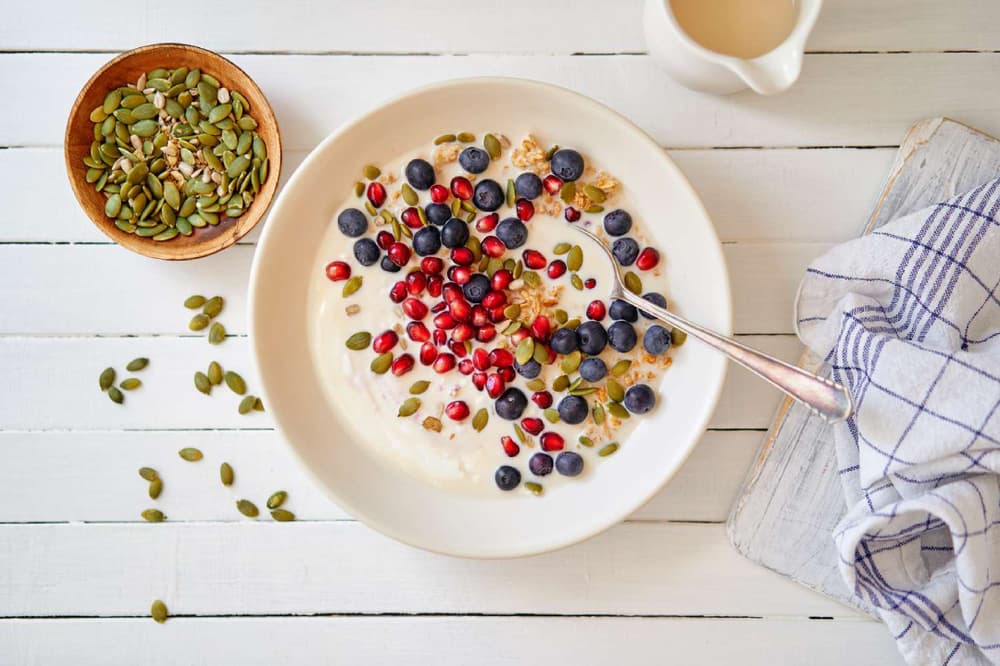Discover which 2025 superfoods are worth the hype and which are just another passing fad. We break down the facts, benefits, and myths behind the year's top trending health foods.

Every year comes around with a fresh batch of "superfoods" promising longer life, glowing skin, and a metabolism that's as good as a person's at age 20. This year in 2025, it's no different—exotic roots, sea greens, and mushrooms. But do any of the trendy foods actually live up to their hype?
Here, we cut through the hype, fact from fiction, nutrition from nonsense. Saturday morning smoothie-slurper or health nut, read on to find out what 2025 superfood buzzwords really offer—and what are just costly distractions.
What Makes a Superfood… Super?
Before diving into the trends, let’s clear the air: a “superfood” isn’t a scientific term. It’s a marketing buzzword for foods rich in nutrients like antioxidants, vitamins, fiber, and healthy fats. Real superfoods improve health, boost immunity, and may prevent chronic illness—but not every trendy powder deserves the title.
The Top Superfood Trends of 2025 (and the Truth Behind Them)
1. Sea Moss: The Ocean's Multivitamin or Just Slimy Hype?
Claim: Increases thyroid, clears skin, and aids digestion.
Reality: Sea moss (particularly Irish moss) contains lots of minerals and iodine, but consuming excess leads to thyroid problems. Fine in moderation—just don't do the neon gummies.
Verdict: ✅ Functional but not magical.

2. Lion's Mane Mushrooms: Brain Booster or Placebo Fungus?
Claim: Enhances memory, concentration, and nerve growth.
Reality: Some evidence of neuroprotective effects exists, but human trials to be conducted. Cognitive clarity is possible with supplement powders—don't look to it as your coffee substitute, however.
Verdict: ✅ Promising, particularly for brain function.

3. Moringa: The Miracle Tree or a Bitter Bite?
Claim: Controls blood sugar, anti-inflammatory, and more vitamins than kale.
Reality: Antioxidant and nutrient-dense. But pungent and bitter, so. it's not easy to add in a daily way. Capsule or tea is the best.
Verdict: ✅ Underestimated but effective.

4. Chlorophyll Water: Detox Drink or Social Media Gimmick?
Claim: Flushes out toxins, purifies acne, and rejuvenates the body.
Fact: Chlorophyll does contain antioxidant activity, but its "detox" benefit is exaggerated. Your liver already detoxes you. It can be beneficial to skin health but needs more scientific evidence.
Verdict: ❌ Good looks but not a superhero.

5. Matcha 2.0 – Ceremonial Grade + Adaptogen Blends
Claim: Blends ancient green tea with adaptogens ashwagandha and maca to reduce stress.
Reality: Matcha is in itself a renowned antioxidant-rich beverage. Adaptogens added are tidy—but cause overstimulation or imbalance when taken too far.
Verdict: ✅ Good if used in moderation and with restraint.

6. Tiger Nuts: Paleo-Safe Snack or Overhyped Fiber Bomb?
Claim: Supports digestion, controls appetite, and stabilizes blood sugar.
Reality: Resistant starch and prebiotic-rich tiger nuts feed gut health but are calorie-rich and expensive.
Verdict: ❌ Good, but not revolutionary.

7. Functional Ferments: Kimchi, Kefir, and Beyond
Claim: Boosts gut microbiome, immunity, brain function.
Reality: Fermented foods are science-backed and tasty to eat every day. The 2025 spin? Expert probiotic strains and targeted ferments (e.g., "mood" kefir or "skin" kimchi).
Verdict: ✅ Gut gold. Shelly worth.

Why Superfood Frenzy Is Misleading
Rip-Off & Overhyped: Superfoods carry high-end price tags and wellness influencer stamp of approval but very little regulation.
Dosage Research Shortage: Good things in small quantities don't always equate to more is better.
Replacement Mentality: Never will a so-called superfood replace a good diet, exercise, or a night's sleep.
✅ What to Look for in a True Superfood
Scientific Support: Human clinical trials, not rat lab experiments.
Whole-Food Form: Nature is stronger than unnatural powders or extracts.
Cultural Wisdom: Most authentic superfoods have their roots in ancient traditional medicine (e.g., ginger, turmeric, amla).
Expert Tip: Plate Over Trend
Don't pursue every fad, instead plate a nutrient-dense, seasonal feast. Combine local greens with whole grains, lean proteins, and tried-and-true superfoods such as berries, turmeric, and leafy greens. If you love a food trend—good! Just don't make your health hang on it.
Conclusion: Superfood or Super Fad?
In the realm of up-and-coming health fads, superfoods tread a thin line between hype and assistance. In 2025, some such as lion's mane and moringa deliver, while others such as chlorophyll water flop in the spotlight. The moral of the story? Superfoods will assist your health—but one food will not be your ticket to wellness.
Eat smart, stay curious, and let food be an addition to your life—never a complication.